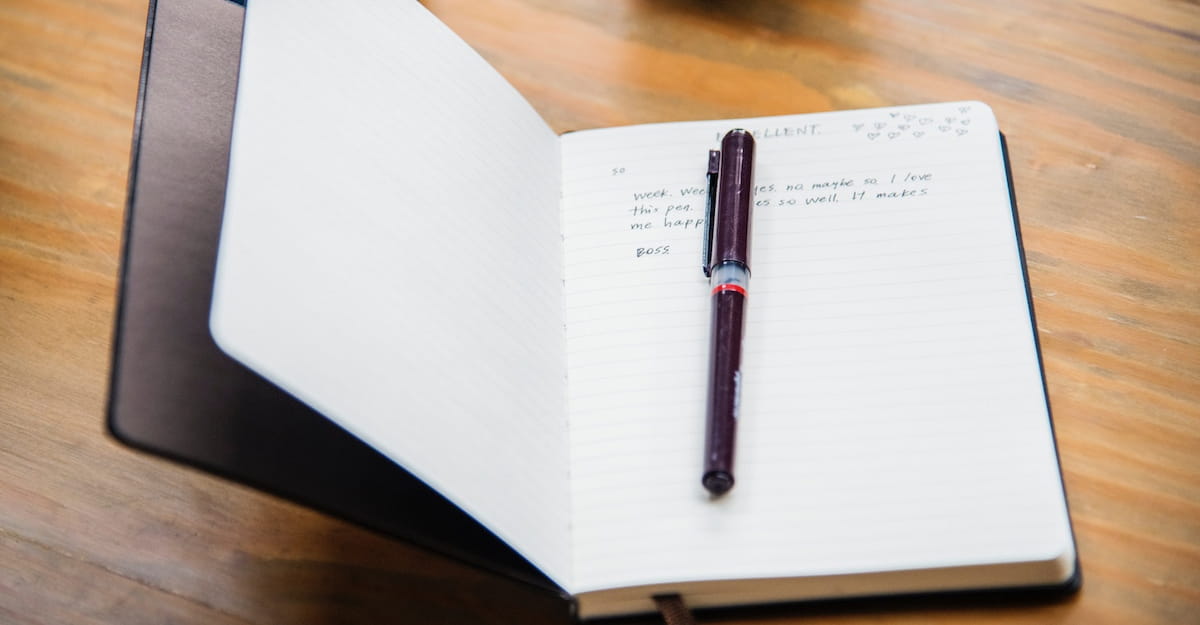
In our recent series for middle school ELA teachers, we have been exploring the concept of voice in writing. We’ve discussed diction, syntax, and tone – foundational components for young writers to understand as they develop their own author voice. In our last two installments of this series, we’ll dive into imagery and detail.
Voice: Imagery
Imagery refers to the use of descriptive language and sensory details to create vivid mental images in the reader’s mind. Imagery can evoke emotions, set the scene, and add depth and meaning to writing. Imagery uses language that typically appeals to one of the senses – sound, sight, taste, touch, and smell. This component of voice is used in all types of writing but is most often used in writing that is meant to entertain or engage a reader such as poetry, fiction, or nonfiction.
The following examples are student friendly and can be used to introduce imagery to your class.
Imagery appeals to sight by helping the reader create a picture of the text in their mind. For example, instead of writing “The sunset was colorful” an author may write “The sun was setting over the calm, blue ocean, painting the sky with shades of orange, pink, and purple.” In the latter example, the imagery creates a visual for the reader that makes the sunset more interesting and more real and more beautiful. By appealing to the visual sense, the reader can truly imagine a beautiful and colorful sunset.
Imagery can also appeal to the sense of touch and smell in an effort to make words come to life. Consider – “The air was pleasant” versus “The breeze was a gentle caress on my skin, carrying with it the scent of freshly bloomed flowers.” By including language of imagery, and appealing to the senses, the reader can almost feel and smell the wind just through the writer’s description. Imagery can also appeal to sound – “The thunderstorm rumbled in the distance, like a giant waking from a deep sleep.”
After introducing the concept of imagery with a few examples, you can kick-start student learning with the following activity where students create paragraphs or short stories using their senses.
First, give students a creative writing prompt, such as “Describe a perfect snow day” or “What is the best restaurant in your city?” Next, before students begin writing, they should complete a brainstorming session. In this brainstorm, students make a list of words and phrases that appeal to each of the 5 senses and answer the prompt. Make sure students don’t start writing their paragraph yet, this is just a brainstorming list!
After students have their list, with at least 10-15 words and phrases appealing to the senses, have students begin the writing process. Encourage students to use as many of the sensory details they came up with in order to create a vivid picture in the reader’s mind. After students have finished writing, ask them to share their paragraphs or stories with their class.
After each student shares, have one or two students in the class respond by describing the image they built in their mind based on the presenting student’s writing. As a class, discuss how the sensory details, or imagery, helped create an image in the reader’s mind and how those details contribute to the overall voice of the writing. You may ask something like “How does the imagery make the story more engaging or interesting? As a reader, why do you enjoy imagery?”
By engaging in this activity, students will practice using imagery to create a sensory experience for the reader. They will learn to select words and phrases that appeal to the senses and to use descriptive language effectively in their writing. Additionally, this activity can help students develop their creativity and voice by encouraging them to think deeply about their surroundings and experiences.
Imagery, when combined with our previously discussed elements of voice, allows young writers to become more advanced and skilled. In our next and last installment, we will discuss the skill of details in writing to contribute to voice.
Read More

English Grammar 101 Alternatives

When You Ask for Analysis but You Get Summary Instead

Establishing Confident Writers Through Creativity and Self-Expression

Brainstorming Through Writer’s Block

Four Steps to Teaching Your Students Adverbs

How to Fire Your Internal Critic

What Just 10 Minutes of Daily Journaling Can Do for Student Writing



